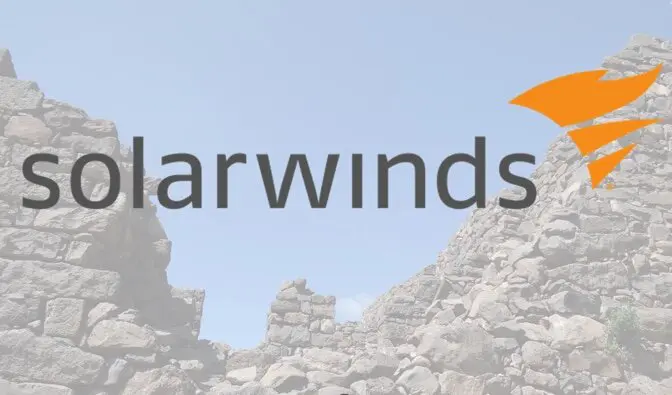SolarWinds Supply Chain Attack – Updated 12/18/2020
The Raxis penetration testing team provides details on the SolarWinds supply chain attack and what you can do to secure your organization.

The Raxis penetration testing team provides details on the SolarWinds supply chain attack and what you can do to secure your organization.